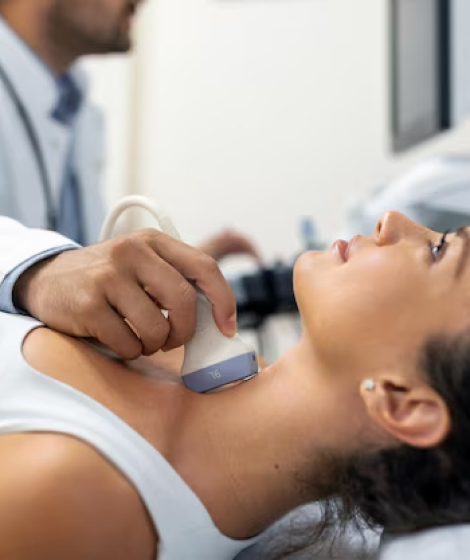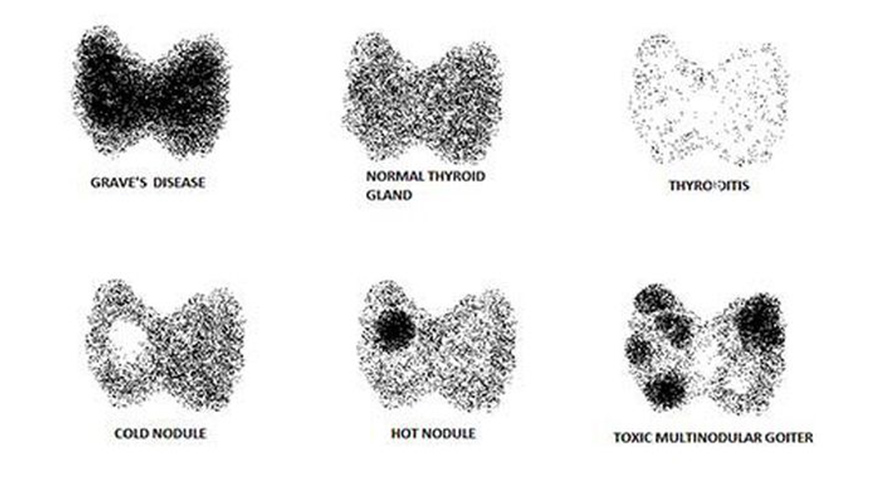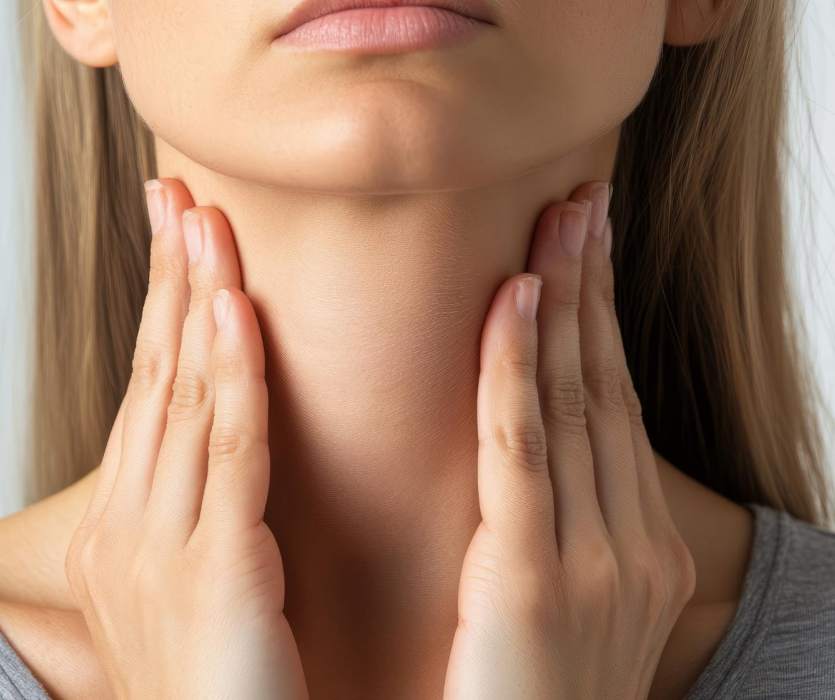- The presence of thyroid nodules does not cause hypothyroidism (low thyroid hormone levels).
- A diagnosis of hypothyroidism is not a reason to obtain a thyroid ultrasound.
- When thyroid nodules are discovered, thyroid function labs should be drawn to rule out a hyperfunctioning (‘hot’) thyroid nodule causing hyperthyroidism.
- These include TSH, possibly free T4 and total T3 if the TSH is abnormal (low).
- If a diagnosis of hyperthyroidism is made, a radioiodine scan (‘thyroid uptake scan’) is obtained to determine the cause: Graves’ disease vs hot thyroid nodule(s) vs other.
- A hot thyroid nodule produces excess thyroid hormone independent of the normal feedback loop with the brain.
- A hot thyroid nodule will absorb the iodine tracer in a thyroid uptake scan more strongly compared to the remainder of the thyroid gland and therefore distinctly be seen.
- It is extraordinarily rare for hot thyroid nodules to be cancerous. Hot nodules therefore do not need to be biopsied (aka FNA) unless there are high risk features present on ultrasound.
- A ‘cold’ nodule is a nonfunctioning thyroid nodule. It will not absorb the iodine tracer in a thyroid scan compared to the rest of the functioning thyroid gland and will not be seen on an uptake scan.




